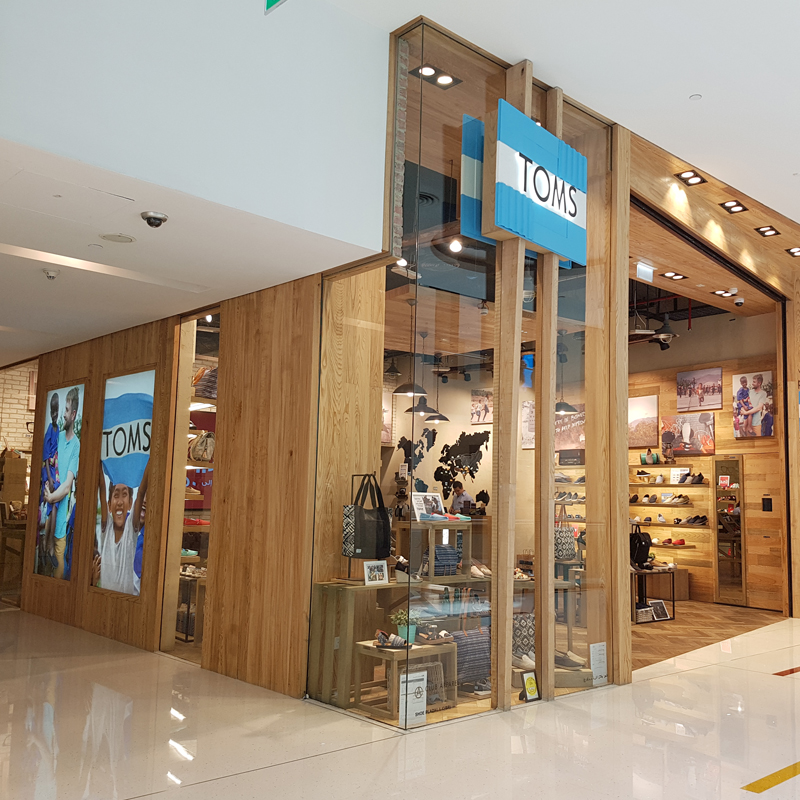Understanding The Psychology Behind Store Layouts

The layout of a retail store is not just a matter of arranging shelves and displays; it’s a strategically designed environment that taps into the psychology of shoppers. Successful retailers understand the power of store layout in influencing customer behavior, increasing sales, and creating a memorable shopping experience. If you want to achieve desired results, by strategically designing a store layout that capitalizes on customer behavior, retailers can influence purchasing decisions, enhance the shopping experience, and ultimately boost sales. Click this link to get to know about reputable retail fit out companies in Dubai.
The decompression zone:
Upon entering a store, customers encounter what is known as the decompression zone, or the entrance area. This is the first impression zone, and its design should aim to make customers feel comfortable and transition from the outside world to the shopping experience. It’s not typically a space for merchandise but a place for welcoming customers and setting the tone for their visit.
Right turn dominance:
Research in consumer psychology has consistently shown that most shoppers have a natural inclination to turn right after entering a store. Retailers often capitalize on this behavior by placing high-demand or seasonal items on the right side of the entrance. This is where you want to showcase products that grab immediate attention.
Pathways and aisles:
The layout of pathways and aisles plays a significant role in guiding customer flow and influencing their behavior. Wide, unobstructed main pathways encourage shoppers to explore deeper into the store. Smaller, secondary pathways can lead customers to specific sections or categories, creating a more immersive shopping experience.
Sightlines and focal points:
Strategic placement of focal points and sightlines within the store can lead customers’ eyes toward specific products or displays. For instance, a central focal point, such as a well-designed display or a promotional area, can capture attention and draw customers in.
Shelf and product placement:
Understanding customer behavior is key in placing products effectively on shelves. Eye-level shelves tend to receive the most attention, so these should feature high-demand items or promotions. Endcaps (the ends of aisles) also capture attention and are great for showcasing featured products.
Impulse purchase zones:
Impulse purchases contribute significantly to retail sales. Retailers often create designated areas near checkout counters filled with low-cost, high-margin items. These small indulgences can be irresistible to customers waiting in line to pay.



